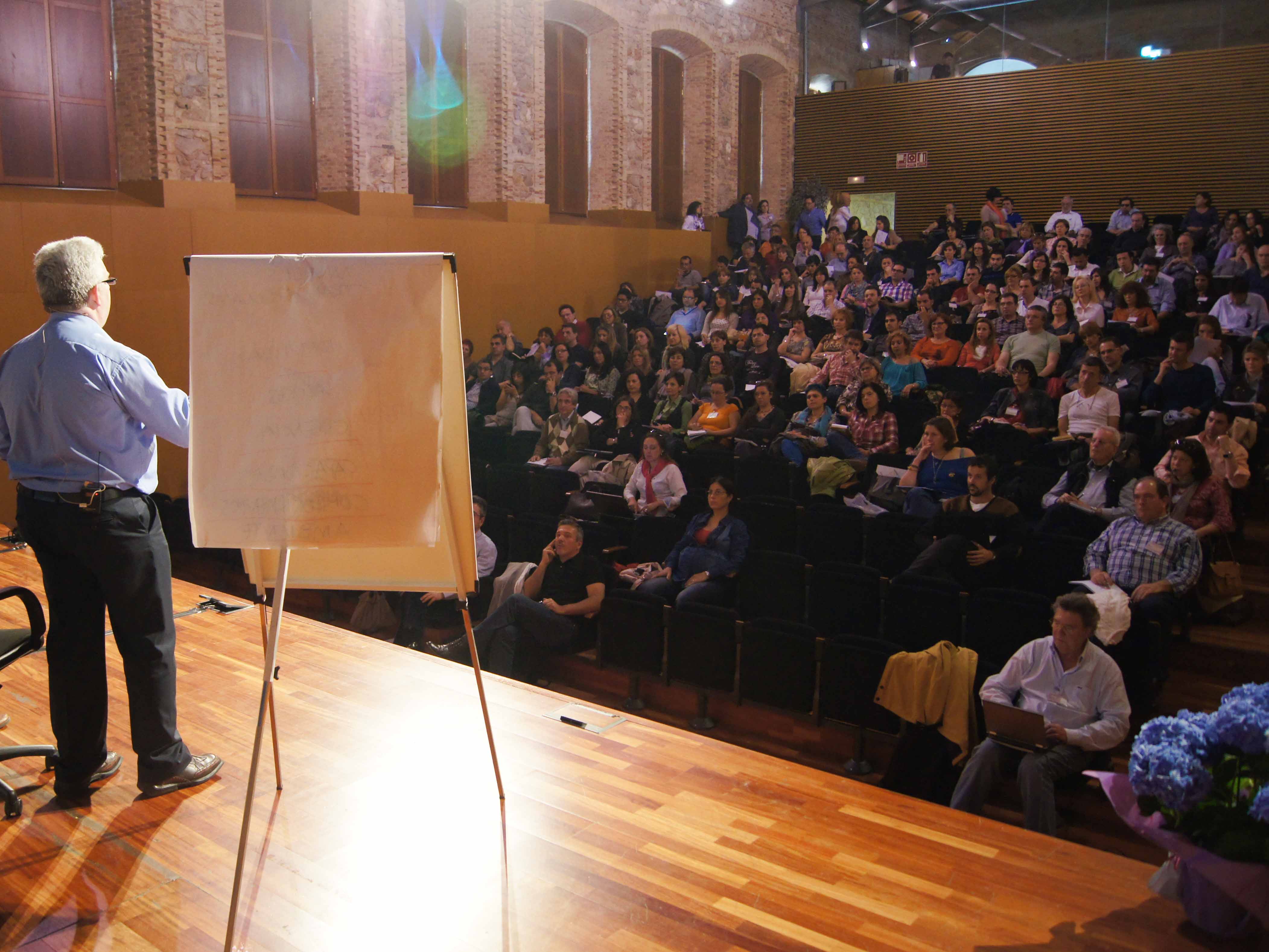In my other life for the last decade I have been teaching communication and performance skills across the globe in the USA, Europe and Asia. In fact I was doing this long before I started playing live gigs. The most common anxiety on planet earth is fear of public presentations, which often starts at an early age. Over the years I have also had many well known professional singers and musicians as private clients.
Even the most seasoned performers can get stage nerves or in extreme situations have melt downs on stage. Its therefore highly useful to develop set of skills that allows people to mitigate against this. Many clients I see 1 – 1 and by skype have previously sought help for these issues without success. Often they have talked about the issue for hours on end and may have had “general relaxation” but crucially not found a way to change their feeling state when on stage. I created a model called “Provocative Change Works” or PCW that is now publised internationally in a number of books including “Innovations in NLP” and “Transforming Negative Self Talk” by Steve Andreas. I have also have articles published in numeous magazines as well as UK newspapers on this subject.
I always tell students that once you have seen your first 5000 clients as a coach or therapist, you start to notice that its all about the process of thinking – feeling – final behaviour. Any feeling state has to be created by some form of thinking and this splits down into four main catagories which are
- What you see externally
- What you hear externally
- What you picture internally
- What you say or think to yourself internally
In sort every feeling state is created by a way of thinking and the common factor in performance issues is that the person’s brain is running too fast which means they are in a right old state rather than the right state for the performance.
One of the most common themes is that a person can play with absolute confidence to friends or a small group and have no unhelpful self talk going on, but when on stage they start to think very differently. Often the internal self talk starts to crank in an unhelpful manner and they arev literally talking themselves into an anxious state. No amount of reassurance or analysis usually helps change the anxiety, instead the key is to change the speed of thinking through specific exercises which then means the person feels more at ease. Usually the negative self talk splits into two forms
- A self diagnostic with the person giving commentary on their own state
- A commentary on how they imagine others are thinking ablout their own performance
Examples of number one include
“Don’t feel anxious!” (thought in an anxious voice) or “Don’t fuck it up!” (thought in an anxious voice)
Examples of number two include
“They are not enjoying it” (thought in an anxious voice” and “We are losing them” (thought in an anxious voice)
This internal messages creating an unhelpful feeling of being way too self conscious which then triggers the feeling of anxiety.
The anxious feeling usually locates in one or more of the following places
- Head
- Chest
- Stomach
The key is to teach the person to slow down the feeling, so they them find a greater sense of ease in the previously problematic situation.
These state control skills can usually be taught comprehensively in a couple of hours and I’m pleased to have helped many performers over the years. I teach some of this material in the UK and New York workshops I run with my co trainer Doug O Brien. We are also currently writing a book on this subject which focusses on developing creative writing skills as well as developing excellent state control. Some of these groups I teach are pretty big and this work allows me to fund all my musical explorations and to sponsor stage opportunities for other creative artists.
